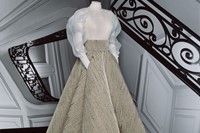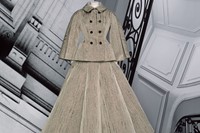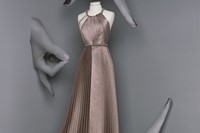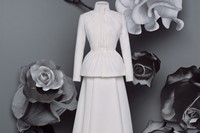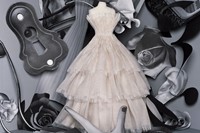Many have compared the Covid-19 pandemic to a war. But even two world wars didn’t interrupt the haute couture shows in Paris, which have today been placed on hiatus, at least physically, for Autumn/Winter 2020, replaced with digital presentations by many. Christian Dior’s New Look exploded into a post-war society in 1947, an antidote to rationing and fabric shortages, to the skimpy short skirts and heavy shoulder-pads that, effectively, had paused upon the outbreak of conflict in September 1939, and evolved very little. In 1947, Dior made women dream again.
But, before Dior, there was Théâtre de la Mode, a combination of marketing exercise and fantasy factory cooked up by Paris haute couture in 1945, during the immediate aftermath of World War II. Cut off from the rest of the world during the French occupation – when couture houses catered to the wives of Nazi officials and their French mistresses (known as ‘horizontal collaborators’) – haute couture had been usurped, in particular by new American designers focussing on the realities of the working wartime woman. How to compete? Make ‘em dream.
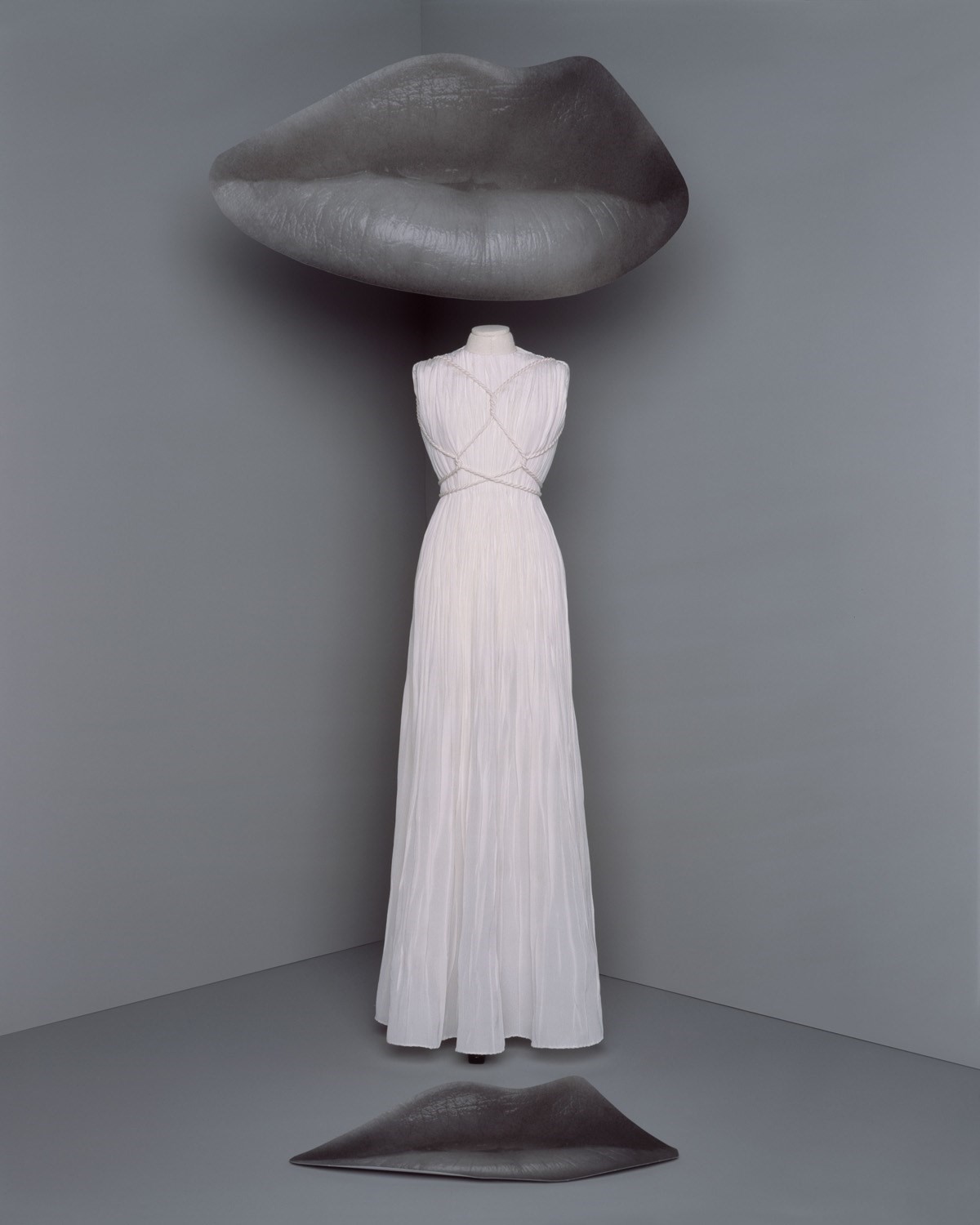
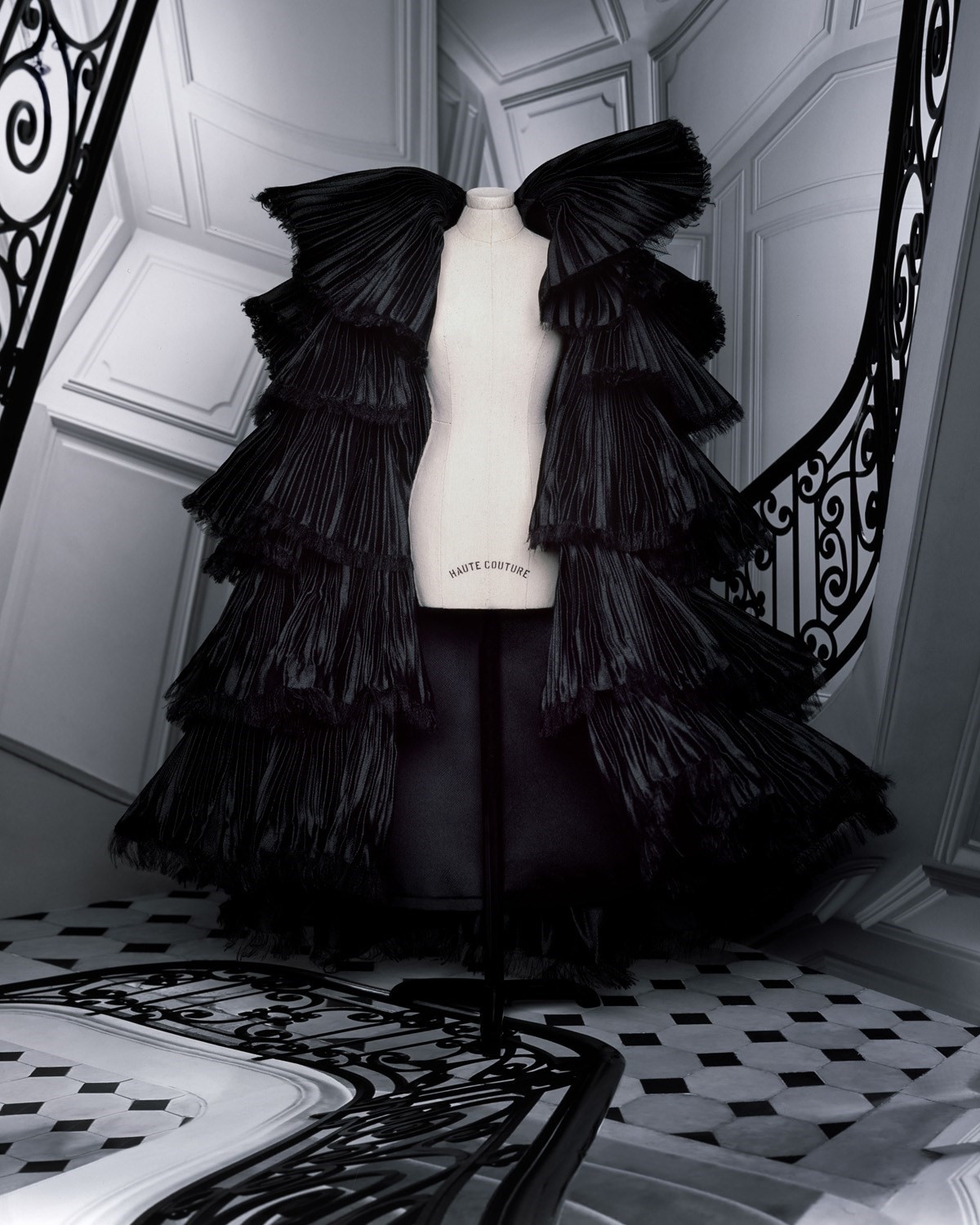
Thus Théâtre de la Mode was conceived: a collection of 237 miniature dolls, dressed in the latest Parisian styles by 53 leading couture houses and posed in elaborate sets devised by artists including Christian Bérard and Jean Cocteau. It was a superlative piece of propaganda: think other people can do fashion? Paris does it better. Incidentally, included amongst the dolls were several by Lucien Lelong, head of his eponymous couture house and of the Chambre Syndicale, the governing body of French fashion. One had a draped bodice in chiffon, a cinched waist and swirling skirt; another was a tulle ballgown embroidered with flowers. These were designed by Christian Dior, Lelong’s assistant, two years before his own house would debut and change the course of fashion.
Creatively, Théâtre de la Mode was also a reflection of the straightened circumstances of wartime: scraps of fabric fashioned into miniature outfits, when material was in scarce supply to create their real-life counterparts. Maria Grazia Chiuri, artistic director of Dior’s womenswear, didn’t have fabric rationing to contend with: but she did have to contend with time, and the physical restrictions of the pandemic and resulting lockdown. So, she looked to Théâtre de la Mode – to fashion’s creativity in times of crisis – and drew inspiration. The miniature versions of Dior clothes were made at home by the workers of the atelier, while they were unable to commune at the Maison: “It was more comfortable for us, more easy for them to have a dialogue with me,” says Chiuri, who communicated with her teams digitally every step of the collection. “It was sent around the world,” she commented of the original Théâtre de la Mode – and, indeed, in 1946 it toured both Europe and America, having opened in March 1945 at the Louvre, drawing 100,000 visitors who paid an entry fee which was donated to charity. The intention of the original, to borrow Chiuri’s words, was “to promote craftsmanship. And also the idea that couture houses were alive.”
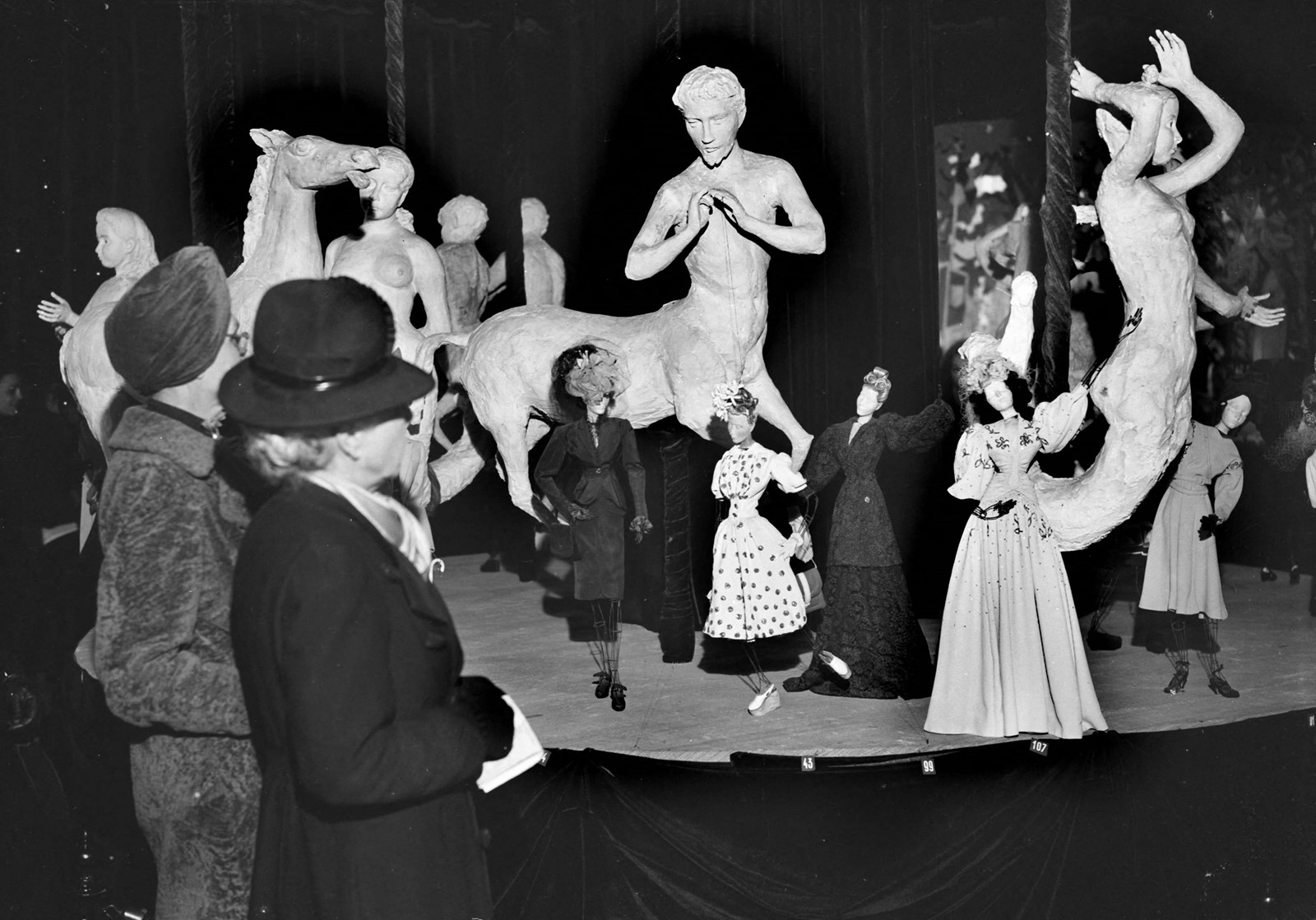
It’s not so different today: couture is alive, and kicking – even if it’s kicking against constraints and restraints that may have, ultimately, caused its demise. Dior’s collection – each outfit created to 40 per cent scale, including buttons, belts and chapeaux by Stephen Jones – will be sent around the world, like the original Théâtre de la Mode. But this version is not for their clientele, alongside life-sized toiles of each outfit. “In fashion it’s very important what you can see with your eyes – but also what you can touch, see in person,” says Chiuri. “In some way, that’s the reality of this time, with this crisis.”
Here’s a reality-check: Chiuri wasn’t telling us this in person, as she normally would, but was speaking via the new normal of Zoom, from Dior’s studio in Paris. It was three days before her collection would debut to the world, via a film of life-sized clothes and photographs of these miniature pieces. A masked assistant showed mood boards of inspiration images behind the clothes, which included the Surrealist artists Lee Miller, Dora Maar and Jacqueline Lamba. The Surrealists, after all, were fascinated by fashion, and by dolls (Hans Bellmer being the most obvious), and have captivated both Dior the house and Chiuri the designer before. And indeed, these seem like surreal times.
If these miniature outfits are also an interesting and pertinent reflection of the circumstances of the world today, the accompanying digital film, created with Matteo Garrone, unfortunately seemed out of touch. It is titled Le Mythe Dior, referencing Ovid’s Metamorphoses, but it was its universally white cast that seemed antiquated. Especially so given that, today, haute couture is global, purchased by a diverse cast of women around the world – all extraordinarily wealthy, by necessity, but otherwise drawn from every culture and walk of life.
That also has a grounding in history: the miniature mannequins not only directly recall Théâtre de la Mode, but also dolls dubbed Pandoras, sent around different cities to illustrate the fashions from Paris before the widespread dissemination of fashion magazines. In the 18th century, these were even sent bearing the likeness of Marie Antoinette – again, asserting the preeminence of Paris as a centre of fashion excellence, and of taste. For Chiuri, her miniature dresses were akin to architectural models – precise scale reproductions not of existing garments, but of clothes about to be. “It is a real collection of couture,” says Chiuri, who even showed her first couture wedding dresses (two), the age-old closing statements to the traditional couture show. A real collection, for a real world.


